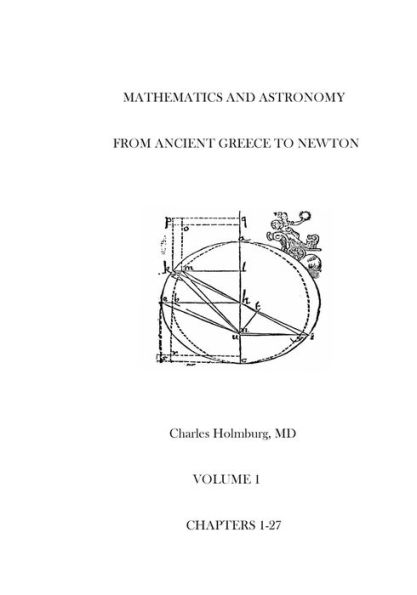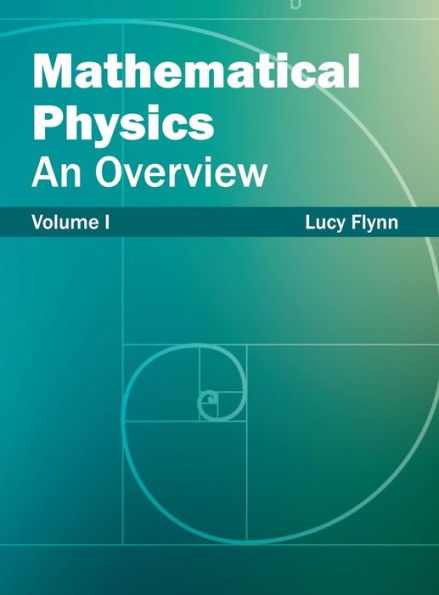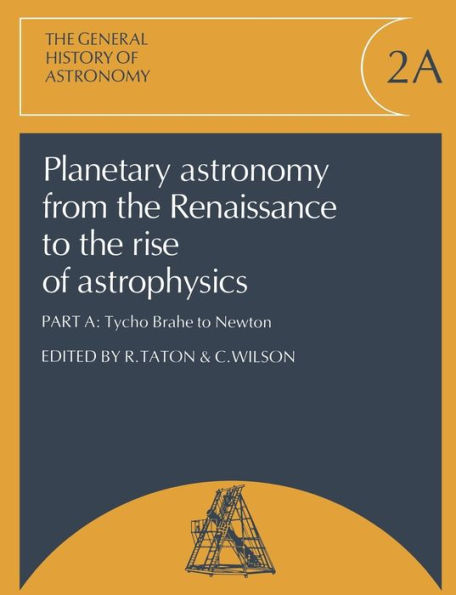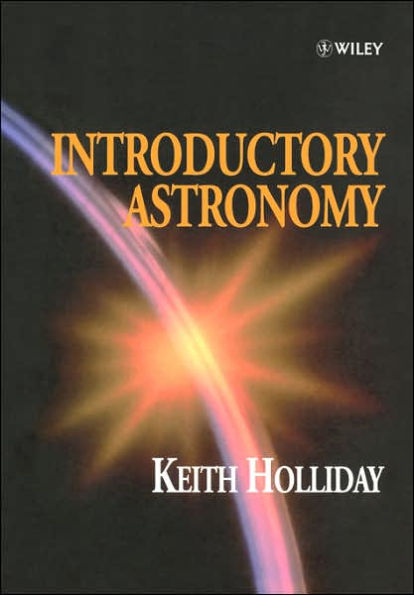Home
Mathematics and Astronomy from Ancient Greece to Newton Volume 1 Chapters 1-27: First of three volumes
Loading Inventory...
Barnes and Noble
Mathematics and Astronomy from Ancient Greece to Newton Volume 1 Chapters 1-27: First of three volumes
Current price: $27.00


Barnes and Noble
Mathematics and Astronomy from Ancient Greece to Newton Volume 1 Chapters 1-27: First of three volumes
Current price: $27.00
Loading Inventory...
Size: OS
*Product Information may vary - to confirm product availability, pricing, and additional information please contact Barnes and Noble
Book Discription: This is a three volume book on the history of astronomy and the development of mathematics to solve the problems of planetary motion as observed from the earth from the time of ancient Greece to Isaac Newton in the 17th century. It shows how the ancient Greek mathematicians used propositions from Euclid, Archimedes, Aristarchus, and Ptolemy to determine how an earth centered universe worked. Several chapters explain how Ptolemy developed a table of chords and arcs and invented trigonometry and spherical trigonometry.Then the book discusses the details of the Copernican system of a sun centered universe published in 1543, the data of Tycho Brahe, and how Kepler, using Tycho Brahe's data, discovered the theory of the elliptical orbits for the planets.The work of Gallileo on the acceleration of gravity, the pendulum, and projectiles is discussed and demonstrated. The details of Gallileo's experiments and methods, and how he supported the Copernican system is given.The last chapters are a description of the work of Isaac Newton and the development of the infinitesimal calculus, and how Newton used calculus to describe his laws of motion and universal gravitation. Descriptions of the work of Newton's contemporaries, Descartes, Barrow and Wallis are given, and how their work influenced Newton.A detailed mathematical discussion of how Newton's laws led to a demonstration of why the planets can orbit in ellipses.The book contains numerous geometrical drawings and demonstrations used by these mathematicians. In addition the modern notations used in algebra, analytic geometry, and calculus are presented so the reader can see and compare the modern expressions of mathematics to the way the earlier mathematicians expressed their work. The arguments in the book are developed so any reader with a high school education can follow the arguments and demonstrations.The goal of the book is to encourage readers to read the great classics of Euclid, Archimedes, Apollonius, Ptolemy, Copernicus, Kepler, Gallileo and Newton by giving a basic understanding of these works.


















